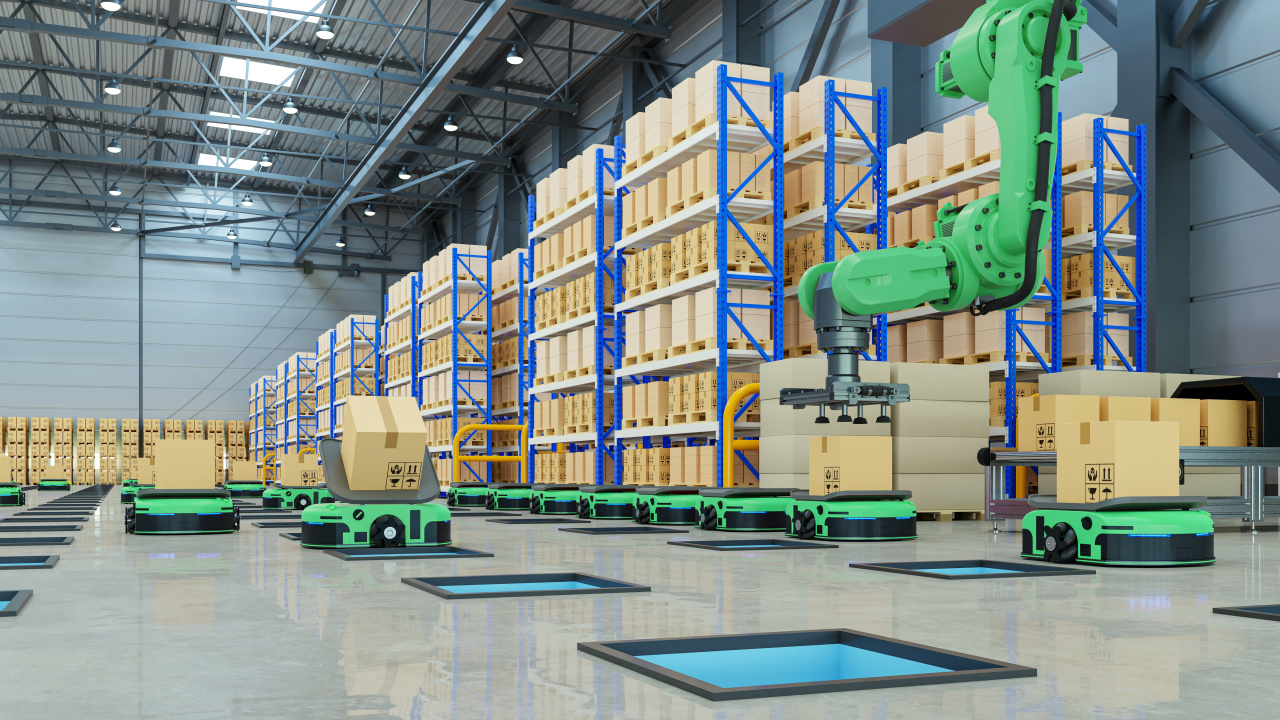In the rapidly changing world of finance for manufacturing, the concept of Pay-per-Use Equipment Finance is emerging as an unifying force, changing conventional models and offering unprecedented flexibility to businesses. Linxfour is at the forefront this revolution through the use of Industrial IoT in order to introduce a brand new age of finance, which benefits operators and equipment manufacturers. We look into the intricacies of Pay per Use financing, the impact it has on sales during difficult times and how it will transform accounting practices by moving the focus from CAPEX to OPEX and freeing the treatment of balance sheets in accordance with IFRS16.
Pay-per-Use Financing: the Power of It
The financing model of pay per use of manufacturing equipment has revolutionized the industry. Businesses pay according to the actual usage of the equipment instead of fixed, rigid payments. Linxfour’s Industrial IoT Integration ensures accurate tracking, transparency and eliminates fees or hidden costs when the equipment is not used. This approach is innovative and allows greater flexibility in controlling cash flow. This is crucial during times when customer demand fluctuates, and revenues are low.
Effects on Business and Sales Conditions
The general consensus is that Pay per usage financing has great potential. Over 94% of the respondents believe that this method can boost sales, even in challenging business conditions. The ability to match costs with the amount of equipment used will not only draw attention to businesses looking to maximize their expenditure, but also creates an appealing opportunity for manufacturers to offer more appealing financing options to their customers.
Moving from CAPEX to OPEX: Transformation of Accounting
Accounting is the main difference between traditional leases and Pay-per Use financing. Pay-per-Use financing is a form of borrowing that allows companies undergo a radical change in their accounting practices, shifting from capital expenses (CAPEX) to operating expenses (OPEX). This can have significant effects for financial reporting since it offers a more accurate understanding of the cost associated with revenue.
Unlocking Off-Balance Sheet Treatment under IFRS16
Pay-per-Use finance has an important advantage over conventional financing because it permits an off-balance sheet treatment. This is a major issue in International Financial Reporting Standard 16(IFRS16). By transforming equipment financing costs businesses are able to keep these obligations off their balance sheet. This decreases financial leverage and eases investment obstacles and makes it appealing to businesses looking for a more flexible financial structure.
If there is a problem with under-utilization, KPIs can be improved and TCO can be increased.
Pay-per-Use, in addition to being off balance sheet, is also a key factor in improving performance indicators such as free cash flow and Total cost of ownership (TCO) particularly when there’s a lack of utilization. When equipment doesn’t meet the expectations of usage the traditional leasing model can be difficult to manage. With Pay-per-Use, companies are no longer burdened with the burden of fixed payments for assets that are not being utilized and can optimize their financial performance while increasing overall efficiency. See more at Equipment as a service
The Future of Manufacturing Finance
Innovative financing options like Pay-per-Use are helping companies navigate an economic landscape that is rapidly changing. They also pave the way for a new economy that is more adaptive and resilient. Linxfour’s Industrial IoT driven approach is not only beneficial for manufacturers and operators of equipment as well, but it also fits with a larger trend where businesses are seeking flexible and sustainable financial solutions.
In the end, the introduction of Pay-per-Use financing with the accounting transformation from CAPEX to OPEX and off balance sheet treatment in IFRS16, represents a significant change in the field of manufacturing finance. As businesses strive for effectiveness, financial agility as well as improved KPIs taking advantage of this unique financing model becomes an imperative step in keeping ahead in the constantly changing manufacturing landscape.
